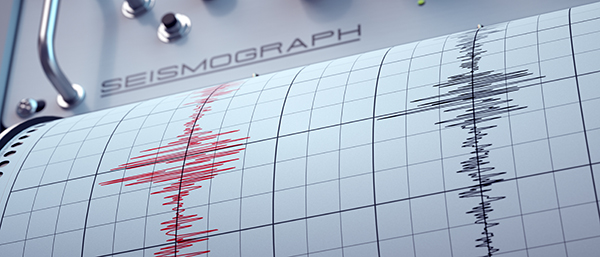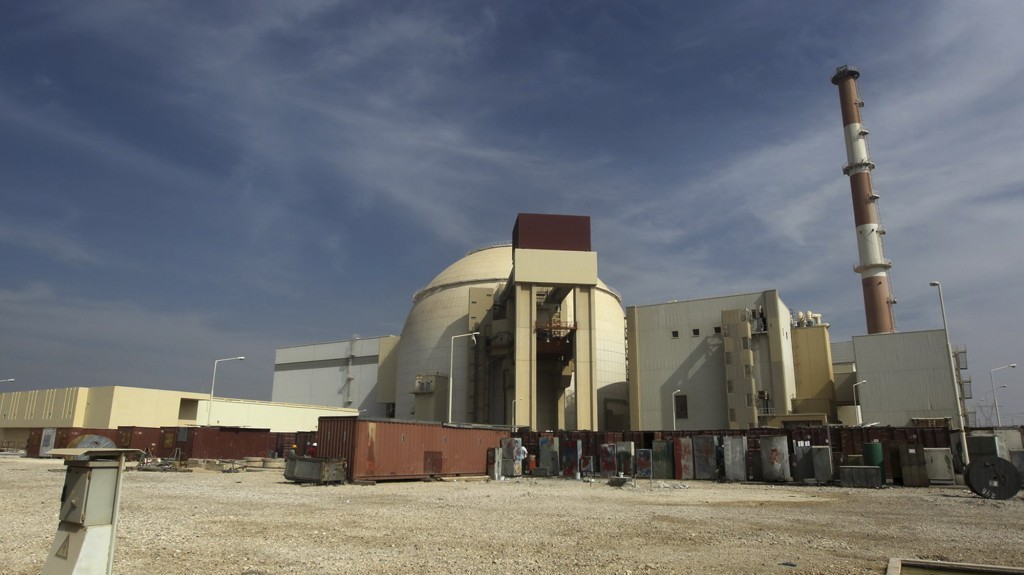Largest U.S. banks have most toxic commercial real estate exposure
03/26/2024 / By Ethan Huff

While it is true that smaller banks in the United States are the vehicle through which a bulk of commercial real estate (CRE) loans are made, many of the nation’s largest banks are also drowning in debt from delinquent CRE loans.
The nation’s six largest banks saw delinquent commercial property loans nearly triple in 2023 due to high vacancy rates and ever-increasing borrowing costs. Delinquencies among these six large banks reached a whopping $9.3 billion last year.
By far the largest CRE lender among the big banks is JPMorgan Chase & Co., which has issued $171 billion worth of CRE loans, amounting to 12.6 percent of its total loans.
Wells Fargo & Company is pretty close with $145 billion in CRE loans, which account for 21.2 percent of that large bank’s overall loan totals.
Bank of America Corp clocks in at third place with $76 billion worth of CRE loans, which account for 6.9 percent of that bank’s overall loan totals, followed by U.S. Bancorp with $56 billion in CRE loans accounting for 14.9 percent of that bank’s overall loans.
There are many other banks on the list as well with varying amounts and totals, the point being that America’s fractional reserve-based lending system is a teetering house of cards on the verge of being toppled over by a collapse in the CRE sector.
(Related: If the CRE sector collapses – and it appears it will very soon – more banks will fail.)
How much longer before the house of cards falls?
These big banks are offsetting this growing risk by gobbling up smaller in-trouble banks. JPMorgan Chase, for example, acquired First Republic at the height of the regional banking crisis that occurred in 2023, this acquisition helping to boost JPMorgan Chase’s performance while propping up its share price by 27 percent over the year.
Wells Fargo, meanwhile, is trying to build bigger cash reserves for commercial property credit losses as a buffer for potential defaults.
The bank that is perhaps in the worst shape right now is New York Community Bancorp, which has 57 percent of its total loans exposed to CRE debt.
“The bank reported a $2.7 billion loss in the fourth quarter of 2023, and Moody’s recently downgraded its credit rating to ‘junk’ status,” reports explain.
“The bank brought in a $1 billion infusion of capital as a lifeline after growing concerns about the state of its commercial real estate loan portfolio.”
On average among the big banks, CRE loans account for just 11 percent of overall loan portfolios, which means these guys are more insulated than the smaller regional banks that are much more likely to fail as the CRE sector collapses.
Back in 2008 during the last major financial crisis, it was housing that did in the banking industry, which was followed by taxpayer-funded bailouts after politicians decided that the big banks were “too big to fail.” Once the CRE collapse really gets going, it remains to be seen how the establishment tries to bail out the corrupt money changers once again.
“Buckle up,” one commenter wrote about the teetering house of cards. “It’s about to get bumpy.”
“We have M2 doing what it hasn’t done since the Great Depression,” warned another, M2 being a measure of the money supply that covers cash, checking deposits and other deposits such as CDs that are easily convertible into cash.
“It [M2] started to drop fast in 2022, hitting a 90-plus year record.”
“As commercial real estate property values fall, how about repurposing them for much-needed residential housing?” suggested another.
The American empire, which is built on a house of lies and deception, will fail. The only question is when? Learn more at Collapse.news.
Sources for this article include:
Submit a correction >>
Tagged Under:
banking, banks, Collapse, commercial real estate, CRE, dollar demise, economic collapse, finance, inflation, money supply, pensions, Real Estate, risk
This article may contain statements that reflect the opinion of the author
RECENT NEWS & ARTICLES
COPYRIGHT © 2018 PANIC.NEWS
All content posted on this site is protected under Free Speech. Panic.news is not responsible for content written by contributing authors. The information on this site is provided for educational and entertainment purposes only. It is not intended as a substitute for professional advice of any kind. Panic.news assumes no responsibility for the use or misuse of this material. All trademarks, registered trademarks and service marks mentioned on this site are the property of their respective owners.





















